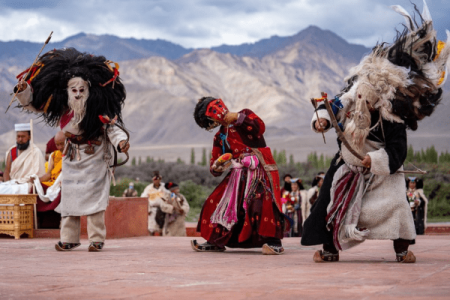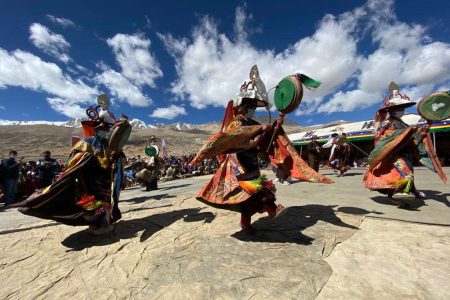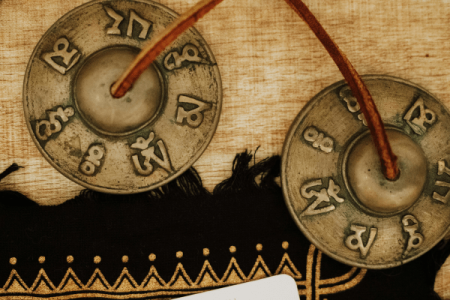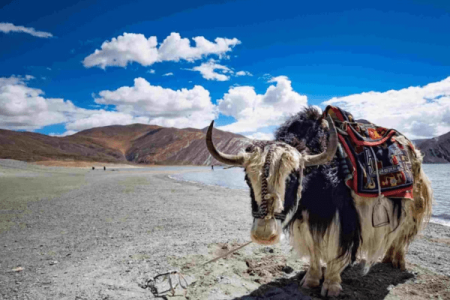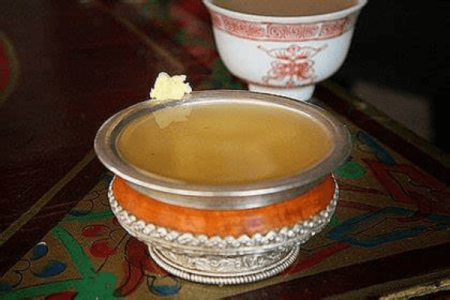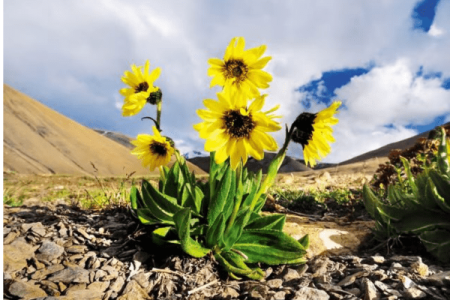Architectural Features and Layout
Demchok Hot Springs are located in the remote southeastern part of Ladakh, near the Line of Actual Control (LAC) between India and China. This geothermal site is set in a barren, high-altitude landscape and consists of multiple naturally emerging hot water springs. The layout is entirely natural, with warm mineral waters bubbling from rocky fissures along the valley floor. The surrounding terrain is dry, rugged, and windswept, with occasional patches of moss and mineral deposits formed by the springwater over time.
Main Assembly Area (Hot Springs)
The main feature is a series of steaming pools and trickling channels of hot water.
Spring Pools: These pools vary in temperature and size, with some being large enough for soaking, though bathing is rare due to the remote and sensitive nature of the area.
Thermal Stream Beds: The water flows into shallow channels lined with mineral deposits, creating colorful streaks across the rocky earth.
Cultural Significance
Though not a site of active religious worship, the Demchok region has historical significance in both Indian and Tibetan traditions. The hot springs are considered sacred by some local communities and are believed to possess healing properties. Due to its proximity to ancient trade and pilgrimage routes, the area holds cultural value, connecting Ladakh’s spiritual landscape with the Tibetan plateau.
Fort-like Structure
There are no built structures at the springs, but the landscape provides a natural sense of enclosure. Surrounded by high hills and mountain walls, the springs feel secluded and shielded, much like other natural fortresses in Ladakh. The geopolitical sensitivity of the region also means it is closely monitored, adding a layer of protection, though not architectural in nature.
Roof and Viewpoints
Demchok Hot Springs offer a raw and dramatic view of the Changthang plateau and the surrounding arid hills. The elevated terrain around the springs allows visitors to see long stretches of uninhabited land and the occasional glimpse of distant mountain ranges. The valley’s silence, broken only by the gentle bubbling of hot water, enhances the mystical atmosphere of the location.


